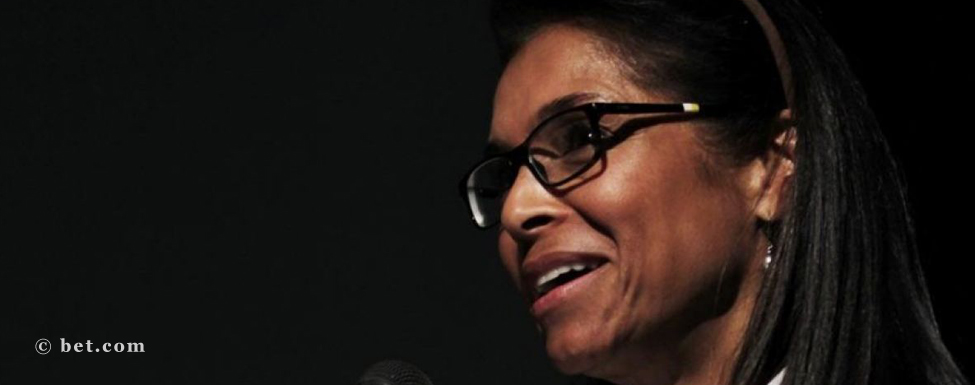Jeanne Moutoussamy-Ashe
Behind the Lens
In the artist’s statement for her “Intimate Portraits” exhibition, Jeanne Moutoussamy-Ashe described her passion for photography: “In the absence of finding the words to express feelings, I use photography as a response to what I feel. Even though the intent is not always to express a specific feeling what appears is what dwells within us and shapes our view of the world and ourselves.”
Moutoussamy-Ashe has been taking pictures for many years and has captured some extraordinary images and events, from Daufuskie Island where she captured African American life on a South Carolina sea island before it became a popular resort to the images of black women photographers to the very personal ones she has taken of her own body. She does not simply take a picture.
“I am inspired and driven by light,” Moutoussamy-Ashe explained. “I don’t pick up my camera and say to myself that I should take that shot; I pick it up when I get a response. And that response is controlled by the way the light is rendering a particular subject. That’s what makes me pick up the camera.”
She grew up on the south side of Chicago and her parents nurtured creativity.
“My father was an architect who had studied with Mies van der Rohe and my mother was an interior designer. They instilled in me an interest in design. From the time I was eight years old, they sent me off to the Chicago Art Institute every Saturday. My mother would put me on the bus – same driver every week – and he would deposit me at the entrance. Those visits encouraged my creative thinking and helped to develop my creative eye.”
Her artistic bent took her to New York City and Cooper Union. She did her independent study on the west coast of Africa. When she graduated she got a job at NBC in the graphic arts department. But the interest in photography had already been instilled in her.
“When I was 15 I met Frank Stewart, who is now the official photographer for Jazz at Lincoln Center,” Moutoussamy-Ashe said. “It was he who introduced me to making photographs. I knew the work of Gordon Parks and Roy DeCarava and I was fascinated with the medium. Since I couldn’t paint or draw – although I loved doing it – I chose the world of photography.”
Some of Moutoussamy-Ashe’s work has focused on racial inequality, as in the Daufuskie Island project, and on personal tragedy. After her husband tennis star Arthur Ashe died she published Daddy and Me, a photographic portrait of Ashe's relationship with his six-year-old daughter during his illness, accompanied by the child's reflections on living with and helping her father. She believes that photography has the potential to bring social change through awareness.
“We all bring our own baggage to what we see as we look at images. I don’t expect that people will see my images the same or the way I envisioned them. The image needs to articulate the information, whether it is abstract or has a heavy social content. I want people to look and ask questions of themselves. That to me is successful.”
Moutoussamy-Ashe’s photographs are represented in many museums and galleries, including Whitney Museum of American Art, Museum of Modern Art, Addison Gallery of American Art and the Houston Museum of Fine Arts.
Locally she has an exhibition called “En Theos: A God Within,” at Five Points Gallery in Torrington, opening reception on 3 June from 6-8:30 PM. On 17 June the photographer will be in conversation there from 6-7:30 PM.
She continues her work with the Arthur Ashe Learning Center which is moving to UCLA, the new home for the Inspirational Tour and Exhibit that she curated. The Learning Center will become the Arthur Ashe Legacy Fund hosted by the college which is setting up a scholarship.
For further information of Jeanne Moutoussamy-Ashe, please visit her website linked below.

